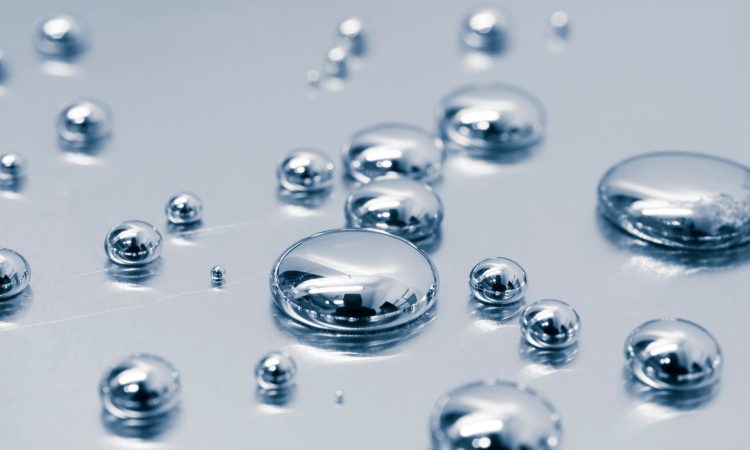
Quicksilver, also known as mercury, has long been used in the gold mining process. Its unique ability to bond with gold has made it a useful tool in mining, but this ancient practice also brings with it major dangers. But how exactly is mercury used in this process, what are its implications, and why is it called “quicksilver”?
Mercury has been used since around 1500 BC. in Egypt, predominantly as a medicine, despite its high level of toxicity. It is the only metal that is liquid at room temperature, and the name “quicksilver” comes from the Latin “argentum vivum”, referring to its fluid state and silver-white color.
It is believed to have been used as a mining tool in the process of amalgamating precious metals such as gold and silver as early as 750 BC. Although amalgamation techniques have varied over time and from one region of the world to another, the use of this historical process has many similarities to the methods used today.
How is quicksilver used to mine gold?
How can a liquid metal be used to extract gold from rock? The process is generally applied to rocks that contain gold in the form of fine fragments, where other extraction methods would be less effective. The liquid mercury is mixed with the rock, dissolving and forming an alloy called gold amalgam.
The next step is to separate the raw amalgam from the unreacted mercury. This is done by squeezing the liquid through a porous material such as black goatskin (Rupicapra rupicapra), which is popular due to its porosity and durability.
After filtration, the resulting amalgam must be heated to a temperature above 356.7 °C, at which the mercury evaporates, leaving pure gold, which has a much higher boiling point of 2,836 °C.
Quicksilver is an extremely toxic metal
However, this process produces mercury vapor, which can affect the respiratory, gastrointestinal, and central nervous systems. Symptoms of mercury vapor inhalation include difficulty breathing, vomiting and headache. For this reason, mercury is no longer widely used in the gold mining industry.
Even though mercury is no longer used industrially, mercury is still used in artisanal and small-scale mining, where its harmful effects remain the same. One showed that these practices are the largest source of mercury pollution in the world, with more than 1,000 tons of vaporized mercury released annually.
Moreover, the regions that still use this method of extraction are disproportionately made up of poor and exploited communities. Between 10 and 19 million people use mercury to mine gold in more than 70 countries, and mercury vapor affects not only miners’ health but also ecosystems, polluting water sources, soil, wildlife and food, thus making many communities struggle with serious long-term effects.
A simple method to reduce exposure to mercury vapor
There are, however, methods of reducing the amount of mercury vapor, some of which are quite inventive. , produced by the BBC and the Open University (England), showed how chunks of potato can be used in the boiling process to absorb excess mercury vapor.
Also, the introduction of portable and low-cost sensors to detect mercury could reduce exposure risks for miners. With the help of chemists, environmental scientists and public health officials, cheap and scalable mercury-free mining techniques are being proposed, along with new methods to prevent mercury uptake by fish and food crops.
With continued efforts and increased awareness of the devastating impact mercury pollution has on communities and the environment, it is hoped that alternative and safer solutions will soon be implemented.

